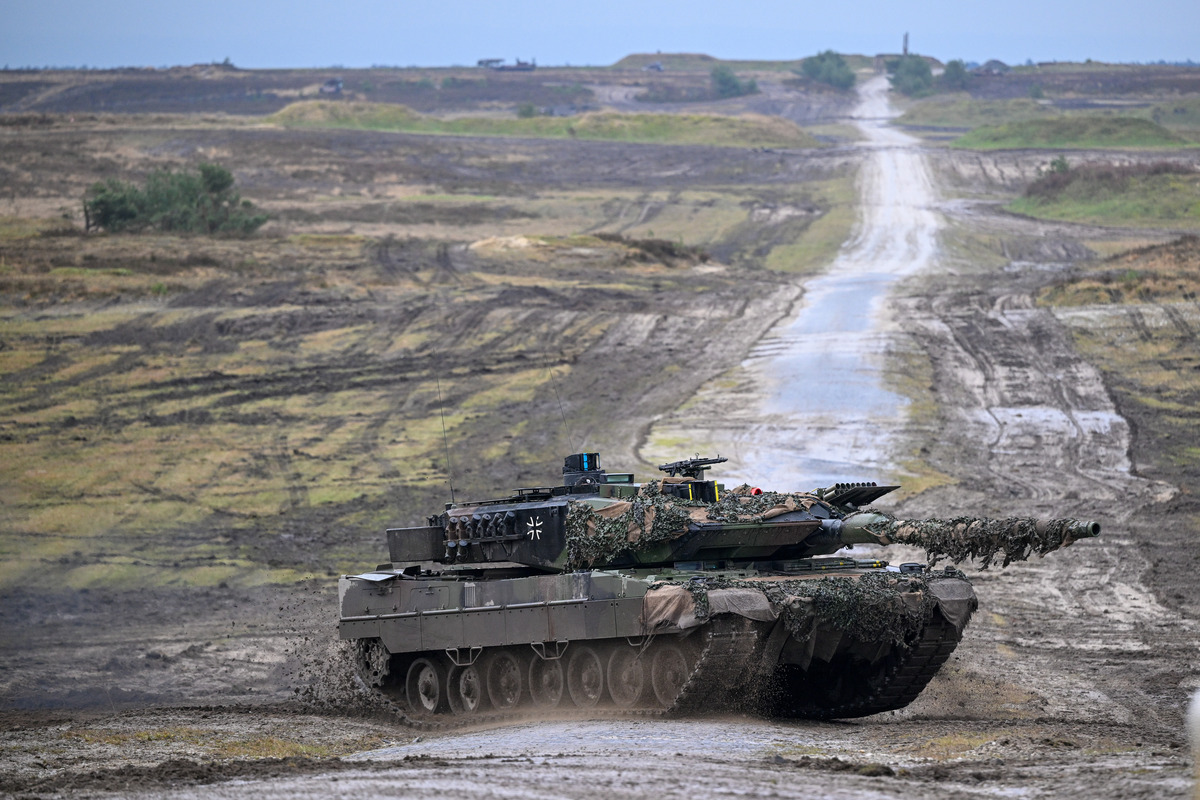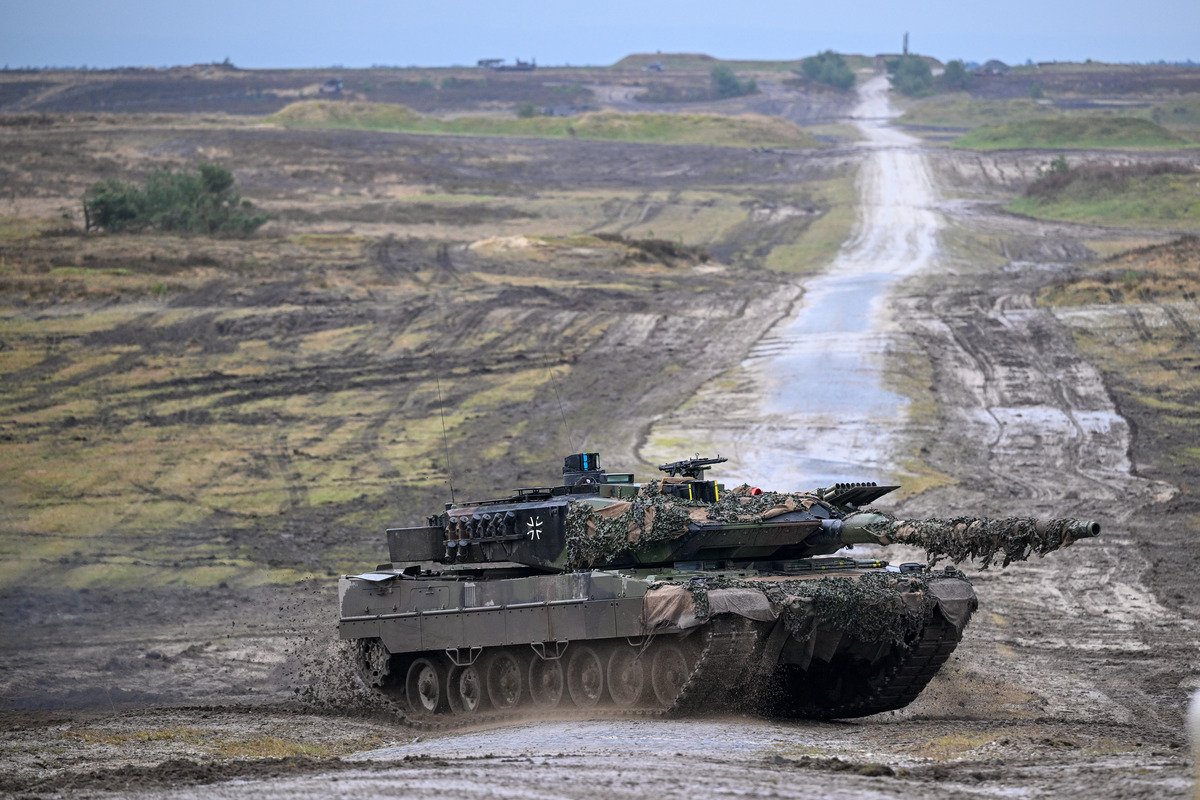
Germany now has the highest defense budget across Europe, surpassing the United Kingdom, as the continent rushes to pull up military spending and prepare for the United States to reel in its long-standing support for European armed forces.
Berlin increased defense spending by more than 23 percent in 2024, according to new figures from the U.K.-based think tank, the International Institute for Strategic Studies (IISS) on Wednesday. This includes the defense ministry’s core budget, as well as aid funneled into Ukraine and Germany’s special fund for defense.
Only the U.S. has a larger defense budget within NATO than Germany now, according to the think tank. It is not clear whether Germany will maintain this newly minted position, which will hinge on how it will invest in the future, Fenella McGerty, the IISS’s senior fellow for defense economics, told Newsweek.
Unveiling its 2025 “Military Balance,” an annual analysis of the world’s armed forces and global defense spending, the IISS said the war in Ukraine, now approaching its third anniversary, was the main impetus driving up defense spending on the continent.

Sascha Schuermann/Getty Images
But, as the possibility of a fresh Republican administration stewarded by Donald Trump loomed, continental NATO allies started to fret over whether the U.S. under the new president would rein in its significant support for European militaries.
Now a month into his second presidency, Trump has called for the continent to dedicate 5 percent of each NATO state’s GDP to defense—a feat currently far out of reach for many of the alliance’s members.
Marcus Faber, the chair of the German parliament’s defense committee, said earlier this week that NATO would push toward a defense spending target of 3 percent of GDP, and the German military had a “lot of old equipment that we have to replace.”
German Chancellor Olaf Scholz clapped back at Trump’s 5-percent target last month, saying reaching this threshold would only be achieved through “massive tax increases or massive cuts to many things that are important to us.”
Some European countries have stormed ahead. Baltic States within touching distance of Russian soil, as well as Poland, have pledged to exceed 3 percent and beyond. Other countries, particularly those in Western Europe like Italy and Spain, have not yet touched the 2-percent requirement outlined for NATO members.
European defense spending surged by almost 12 percent in real terms in 2024, increasing for the 10th consecutive year, the think tank said. Yet European military spending still accounts for less than a third of NATO’s total defense spending.
European countries have also been stretched thin by their aid provisions to Ukraine. Kyiv is deeply reliant on Western aid, namely from Washington, to prop up its war effort.
If the U.S. turns off the tap—as it has threatened to do, but has not yet done—European countries throwing their weight behind Ukraine will have to decide whether they will, and can, massively up their own aid contributions to Kyiv or stop supplying Ukraine altogether.
In real terms, defense spending across the world rose by 7.4 percent in the past year, barring the sub-Saharan region of Africa, the think tank said. Globally, defense spending rose from $2.24 trillion in 2023 to $2.46 trillion in 2024, according to the IISS.
Just in Europe, defense spending surged by almost 12 percent in real terms in 2024, increasing for the 10th consecutive year, the think tank said.





